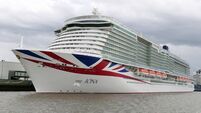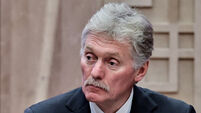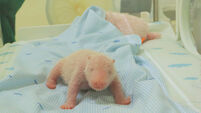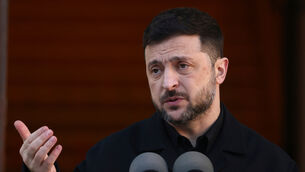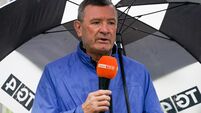Island gunman's 90-minuterampage
Police arrived at the Norway island massacre an hour and a half after a gunman first opened fire, because they did not have quick access to a helicopter and could not find a boat to get to the scene just several hundred yards offshore, it has emerged.
The assailant surrendered when police finally reached him on the island of Utoya, but 82 people died before that.







